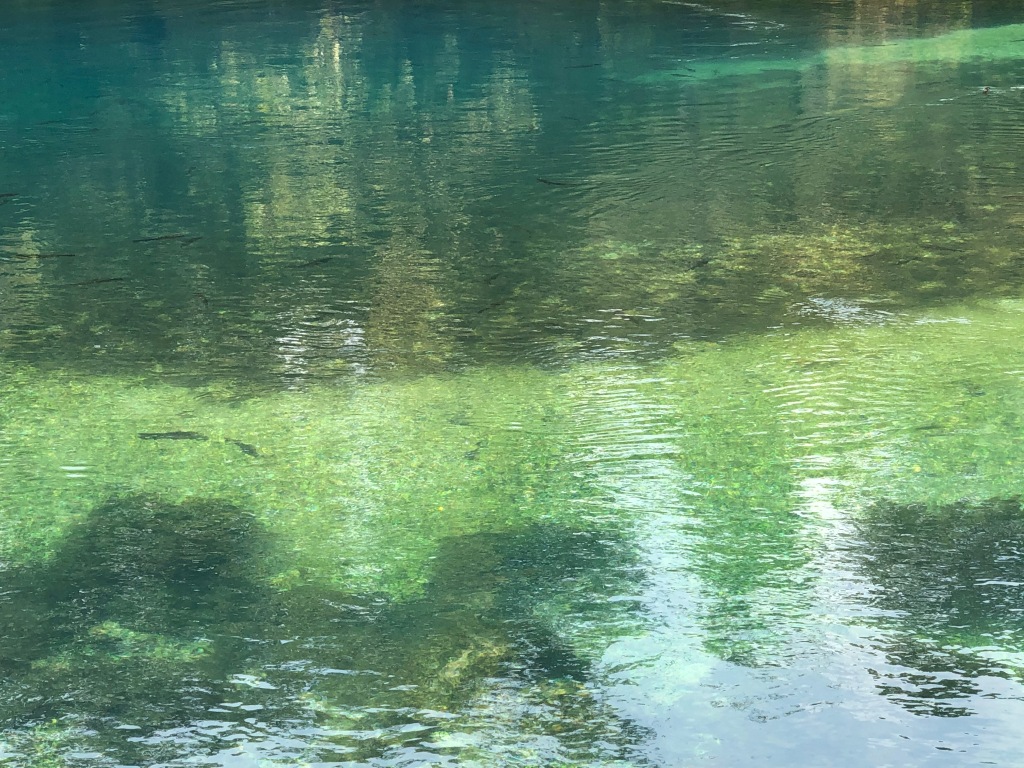Missouri is often referred to as the “Show Me” state, a reference to a late 19th century lawmaker’s observation that its citizens as a rule prefer visible proof over blind faith. Given the political climate in Missouri in 2021, I would argue that this moniker is no longer applicable. A much more accurate appellation would be the “Float Me” state. River and stream floating trips are a major source of relaxation in Missouri with a long history and a strong tradition. According to multiple sources, flat-bottom jon boats originated, or were at least made popular, in the late 19th century in the Ozarks because they were perfect for navigating the shallow waterways characteristic of the region of southern Missouri and northern Arkansas. With an abundance of large lakes, rivers, and streams, water recreation is a huge business in Missouri attracting millions of tourists each year; however, native inhabitants have been enjoying the simple pleasures of just floating downstream for many generations.
Not only is Missouri blessed with plenty of water resources, but the Ozarks comprises one of the nation’s richest concentrations of natural springs. There are well over a thousand of them in the state. The maximum daily discharge from some of these overflowing aquifers can exceed 500 million gallons. On average, more than a billion gallons of water flow from the ten largest springs in Missouri every single day. For many centuries, springs provided drinking water for settlements and towns throughout this region of the country and were later used for powering mills and producing salt. Some springs purportedly had healing qualities. In recent decades, these groundwater flows have predominately functioned as recreational resources centered around fishing, camping, hiking, and other outdoor activities.
One of the largest springs in Missouri is Bennett Spring, located in what is now Bennett Spring State Park in Dallas County. As one of the state’s oldest parks, this spring was the site for several grist and flour mills going back to 1846, the most successful of which was operated by a man named Peter Bennett, the namesake for the spring and park. In 1924-1925, the state purchased the spring and part of the surrounding area to create the park. In the 1930s, the Civilian Conservation Corps contributed much of the present-day character of the park, building cabins, a shelter house, roads, trails, the arched bridge across the spring branch, and the rustic dining lodge.

Bennett Spring State Park features many different ecosystems including rich bottomland and stream habitats associated with the spring valley and oak-hickory woodlands in the upland areas. Many animals native to the Ozarks make their homes here, including numerous pickerel frogs, northern water snakes, pileated woodpeckers, river otters, muskrats, and bobcats. The park’s diverse flora includes dense forests of trees, grasses, and herbaceous plants. Wildflowers such as bluebells and purple coneflowers flourish in the summer.

The park features a series of hiking trails, which is what sparked my interest in the late summer during the COVID pandemic and prompted a day trip to check out the site. Upon arriving at the park mid-morning, I made a quick visit to the Nature Center that serves to introduce visitors to the ecology of springs in general and to the natural resources specific to the park. I then made my way to Whistle Trail, which mostly travels along the east side of the spring’s branch, winding its way over the bluffs rising above the stream. It connects with other trails in the park that lead to the spot where the branch flows into the Niangua River, a tributary of the Osage River of south-central Missouri. According to the park’s website, Whistle Trail is likely prehistoric but was used more frequently by local inhabitants from the 1840s to the present.

The views from Whistle Trail are quite wonderful at times, especially because of its proximity to the water and the path it cuts through the lush surrounding forest. I was lucky enough to encounter a pileated woodpecker, only my third sighting of this magnificent species to date. Typically, I prefer the solitude that hiking trails offer, but in this case, it was quite entertaining to watch people wading in the stream trying their luck at hooking a rainbow trout, which I could easily see swimming all around the anglers in the crystal-clear water. The Missouri Department of Conservation stocks the branch daily during the regular fishing season, from March through October, and there is a hatchery located near the spring. The park attracts over a million anglers a year. From what I have heard, there are so many people in the stream fishing when the season first opens that you can barely see the water!

I spent the rest of my time wandering around the buildings, other structures, camping sites, and open grassy areas, just enjoying the beauty of the surroundings. I sat in a swing by the spring branch watching families fish and play in the water. For the last hour or so I explored the spring itself, which creates a gorgeous pool of blue-green water about 50 feet in diameter. Again, the trout are clearly visible swimming just below the surface. The water emerges from a 20-foot-wide seam at a temperature of approximately 57 degrees Fahrenheit. Discharging 100 million gallons per day, the spring creates the trout stream that meanders 1.3 miles through the park before flowing into the Niangua River. Bennett Spring is the principal groundwater outlet for the extensive karst geographical area in south-central Missouri.

Missouri has over 90 state parks, and Bennett Spring is among the most popular. A variety of interpretive programs are offered at the park for all ages. The park’s concession hosts offer fly fishing classes too. Canoes, rafts, and kayaks are available to rent for floating on the Niangua. There are multiple options for lodging including a motel, cabins, and camping sites. With seven hiking trails ranging in distance from 1.3 to almost 12 miles and elevations from 849 to 1,102 feet above sea level, hikers can get their fill of exercise, wildlife gazing, and plenty of fresh air. I found the property to be just what I wanted for a day trip, but a weekend would be lovely too. Bennett Spring State Park represents the best of what the Ozarks has to offer for outdoor enthusiasts. I highly recommend a visit.


For more information, check out the Bennett Spring State Park website at
https://mostateparks.com/park/bennett-spring-state-park

